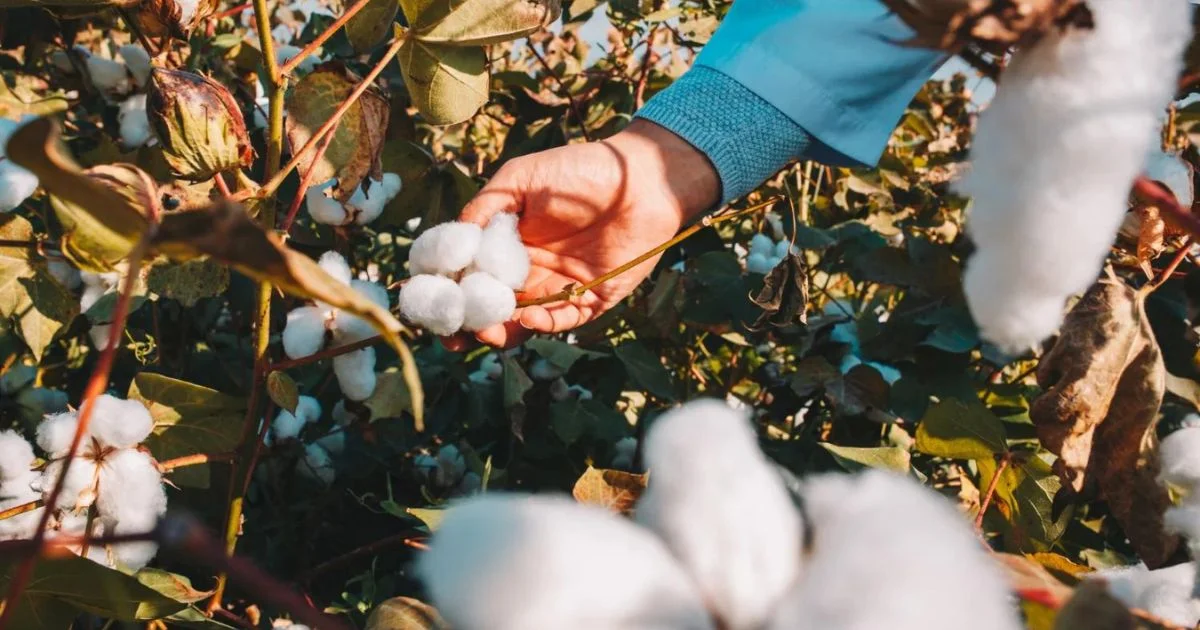

Let's start with the story of India's cotton economy and how India became the largest producer of cotton in the world. With its rich history and cultural significance, cotton has been cultivated and used by humans for thousands of years. Evidence of cotton fabrics dating back to ancient civilizations in India, Egypt, and Peru showcases its enduring presence in human civilization.
In India, cotton holds a particularly significant place, as it has been an important crop and commodity for centuries. Indian cotton industry were once the most important manufactured goods in world trade, consumed across the globe from the Americas to Japan, which makes India the largest cotton producer in the world.
India has been the largest producer of cotton in the world, with the largest area under cotton cultivation, representing about 25% of the world's area under cultivation. The largest cotton-producing states in India are Gujarat, Maharashtra, Andhra Pradesh, Haryana, Punjab, Madhya Pradesh, Rajasthan, Karnataka, and Tamil Nadu.
The textile industry gave rise to the export and import of textiles, contributing to the country's economy. In 2020, India stood as the third-highest exporter of raw cotton globally, accounting for about 10.2% of the total global exports. The value of the exports amounted to US$ 10.78 billion in 2021–22, US$ 6.3 billion in 2020–21, and US$ 4.5 billion between April 2022 and January 2023. It amounted to 2.55% and 1.21% of India's total exports in 2021–22 and between April 2022 and January 2023, respectively.
Today, cotton remains a crucial crop worldwide, with China and India being the largest cotton-producing countries. The cotton sector in India is considered the second most developed sector in the textile industry, generating significant employment and contributing to the country's economy. However, it faces challenges in terms of sustainability and circularity, as the linear production and consumption model poses environmental concerns. Despite the qualitative transformation in cotton production since independence, India is still far behind many countries like the USA and China. The main cause of such slow growth is that 65% of the area under cotton production is rain-fed, and the rains can play truant.
India is the largest cotton producer in the world, with the largest area under cotton cultivation in the world, representing about 25% of the world's area under cultivation. According to recent reports, cotton production in India is set to fall to the lowest level in 14 years and below domestic consumption for the second straight year due to lower yields in producing states. The Cotton Association of India has projected cotton production to fall to 30.3 million bales, down 3.2% from the previous estimate of 31.3 million bales.
However, yields are expected to recover as farmers will plant shorter-duration, early-maturing varieties.
China's new cotton policy in 2014 and the US ban on cotton products from China's Xinjiang province in 2021 have had significant implications for the Indian cotton industry.
The changes in China's cotton policy in 2014 and the US ban on cotton products from China's Xinjiang province in 2021 have had significant implications for India's cotton industry.
In summary, the US ban on cotton products from China's Xinjiang region has had significant implications for the Indian textile industry, particularly the cotton yarn spinning sector. India is grappling with the challenges posed by increased imports of Chinese cotton yarn and the need to address pricing competitiveness. The industry is actively seeking opportunities and solutions to navigate these challenges and enhance its position in the global textile market.
The Indian cotton industry is responding to these challenges by exploring opportunities to tap into demand previously met by Chinese suppliers. Efforts are being made to enhance the competitiveness of Indian cotton and improve export prospects. The industry is actively seeking solutions to navigate the impact of these policy changes and strengthen its position in the global textile market